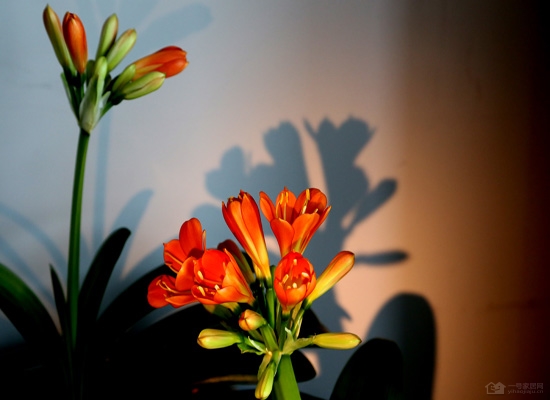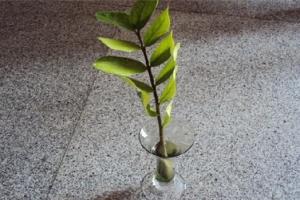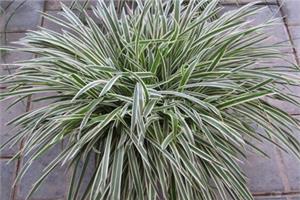What are the black bugs of Cymbidium peanuts and how to control the pests of Cymbidium
Cymbidium peanuts black bugs, which is also quite common in the process of planting. In this regard, many friends feel helpless, because people may not know what these bugs are, let alone how to deal with these bugs and how to control them.

According to reports, there are three kinds of common insect pests in the process of planting and breeding: shell insects, snails and nematodes. Among them, the nematode is white, and the snail is not black, at least its shell is close to white. From this point of view, the black bugs produced by gentleman orchids are mainly shell insects.
In fact, scale insects are not strictly black, but brown.
Brown soft shell beetle is a pest of piercing and sucking mouthparts. The female adult of this pest is ovate or long ovate, flat, slightly raised on the back, 3~4cm in length, wide 3~3.5cm, round and narrow at the front, inflated at the back, usually light yellowish brown, yellow or reddish brown, soft or slightly hardened on the back, forming an irregular lattice pattern with 7-8 antennae, eyes, reddish brown, thin feet or medium thickness. The newly hatched nymph is ovate, the upper part is slightly round, the lower part is pointed, yellowish, the body length 0.6mm, wide 0.3mm. The nymph is long oval, flat, the back is slightly raised, yellowish brown, the body margin is ciliated, a pair of tail marginal hairs are very long, up to half of the body length, and the shape is similar to that of the adult.
First, the law of the disease
Brown soft shell insects mostly occur in the high temperature and humid season, and are easy to occur indoors in winter. Brown soft scale insects often gather on the leaf sheath of Cymbidium, affecting the photosynthesis of Cymbidium, so that the growth of Cymbidium is not prosperous, the leaves wither and lose their ornamental value. Scale insects have strong fecundity, most of them are covered with a wax shell and have strong drug resistance. If they are not controlled in time, the whole plant will die in serious cases.
Second, prevention and control technology
1. Artificial treatment: the scale insect uses its slender needle to insert deeply into the tissue of Cymbidium and suck up the nutrition of the plant. Once it leaves the plant, it will not survive. Therefore, the method of manual treatment can be used. With bamboo sticks, sticks and other tools, gently wipe off the shell insects and soot, and then scrub with clean water. In the process of removal and treatment, do not cause leaf scars to prevent infection of other diseases. The best time for artificial elimination and control of scale insects is in the nymph and adult stage of scale insects. When adults lay eggs, the eggs should be scraped off as well.
2. Drug control: chemical control of shell insects is the main method to control shell insects in large areas. Newly hatched nymphs have thin protective layers such as colloid and wax, so they are easy to absorb drugs. We can seize this favorable opportunity to use contact agents to control insect bugs. 80% dichlorvos emulsion 1000-1500 times, 50% fenitrothion 1000 times, 40% dimethoate 1000-1500 times and so on can be sprayed and killed. In the operation, as long as there are insect pests should be sprayed to the part. For shell insects over 2 years old, because the insect body is covered with colloid and wax, insecticides with high efficiency and low toxicity must be selected during treatment. For example, 40% dimethoate 1000-1500 times, 50% EC 800-1000 times, or 50% EC 1000-1500 times of ethyl parathion, can play a role in prevention and control.
3. Biological control: mainly using the natural enemies of shell insects-ladybugs, parasitic wasps, parasitic bacteria and so on. In particular, the red edge black ladybug in the ladybug can prey on 2000 shell bugs in its lifetime, which is easy to catch and can be packed in a breathable paper bag.
It is said that manual control of the beetle is simple, but it does not address the root causes, and the workload is quite large. Therefore, drug treatment should be the most effective method for the occurrence of shell pests.
- Prev

Can money trees bask in the sun? knowledge of money tree culture
Can money trees bask in the sun? knowledge of money tree culture
- Next

What to do with the yellow leaves of hanging orchids? deal with the causes reasonably.
What to do with the yellow leaves of hanging orchids? deal with the causes reasonably.
Related
- Wuhan Hospital Iron Tree Blooming Result Was Instantly Frightened by the Gardener Master
- Which variety of camellia is the most fragrant and best? Which one do you like best?
- What is the small blue coat, the breeding methods and matters needing attention of the succulent plant
- Dormancy time and maintenance management of succulent plants during dormancy
- Minas succulent how to raise, Minas succulent plant pictures
- What are the varieties of winter succulent plants
- How to raise succulent plants in twelve rolls? let's take a look at some experience of breeding twelve rolls.
- Attention should be paid to water control for succulent plants during dormant period (winter and summer)
- Watering experience of twelve rolls of succulent plants
- Techniques for fertilizing succulent plants. An article will let you know how to fertilize succulent plants.

